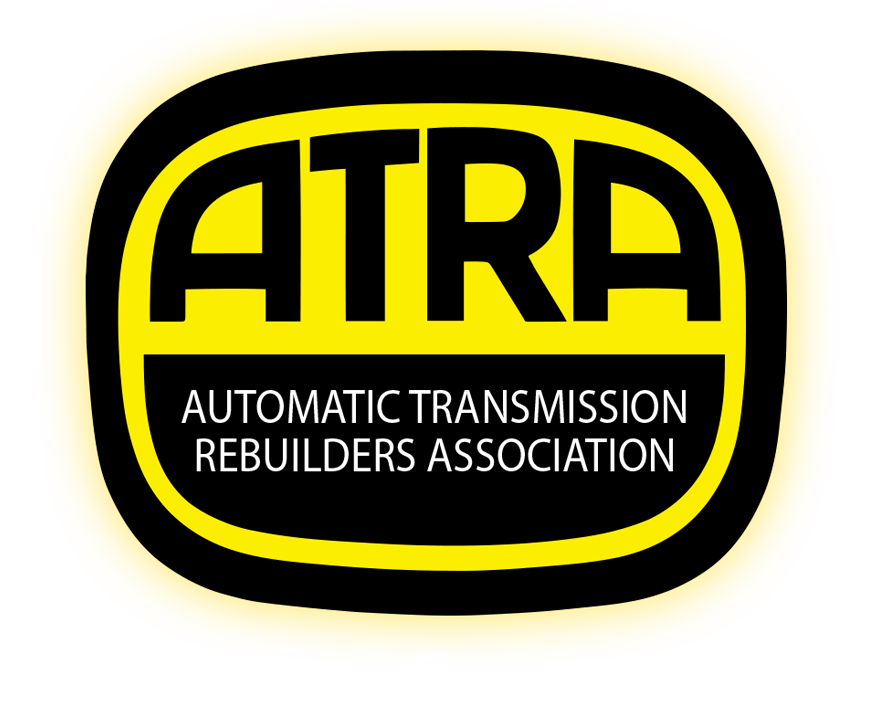How driving Conditions and Habits affect Your Automatic Transmission
"1986 Chevrolet, 45,000 miles, only driven to the grocery store by elderly woman"
If you were in the market for a used car, this ad might sound pretty good. But it may not be as good a deal as it first appears.
Vehicles driven occasionally or for short distances are often subjected to unusual wear and strain. For example, cars that are consistently driven short distances never have the opportunity for the engine to warm up to normal operating temperature. This can cause excessive engine wear.

Believe it or not, the classic “little old lady” is probably causing a lot more wear to her car than you’d think.
Low mileage transmissions subjected to city or stop-and-go miles usually experience far more wear than transmissions with the same number of highway miles. The mileage doesn’t create as much wear as the number of times the transmission shifts up and down through its gear ranges.
Many other seemingly normal driving conditions can affect transmission life, such as extreme temperatures, mountainous terrain, snowy or icy roadways, and dirty air quality. Under normal driving conditions, vehicle manufacturers recommend servicing your transmission as seldom as every 100,000 miles. But what constitutes normal driving conditions?
Normal Driving Conditions Aren’t So Normal…
If you check through the owner's manuals of the various auto manufacturers, they’ll usually include most of these conditions as part of their description of normal driving conditions:
- About 12,000 – 15,000 miles per year.
- Engine and transmission operating at normal operating temperature most of the time.
- A mix of about 1/3 city driving, 2/3 highway.
- Outside temperature usually moderate; not too hot or too cold.
- Road surfaces dry and clear.
- Relatively straight and level roadways; occasional, moderate hills or valleys.
- Air quality moderate and clean.
- No excessive speeds, jackrabbit starts, or hard braking.
- Light to moderate loads; one or two passengers, with very little weight added to the trunk or cargo space.
- Tire pressures set properly and all fluids at correct levels and condition.
As you can see, very few cars actually operate under normal driving conditions… which makes the term normal something of a misnomer. And variations in either direction tend to increase wear and damage to the vehicle.
If you operate your vehicle under more extreme conditions — as most people do — you’ll want to reduce the time and mileage between maintenance services. Having your transmission serviced once a year, or at very least every other year, seems to be the consensus among transmission repair professionals.
Under the most extreme conditions, even more often may be advisable and you may want to install an external transmission filter and cooler for additional protection. If you’re not sure how often you should have your transmission serviced, your local ATRA Member will be pleased to discuss your specific situation and make the appropriate recommendations.
To find the ATRA Member shop near you, click the Shop Finder link.
If you have any questions you can e-mail them to ATRA's Technical Department through the Technical Services page or call 1-866-GO-4-ATRA (1-866-464-2872)



